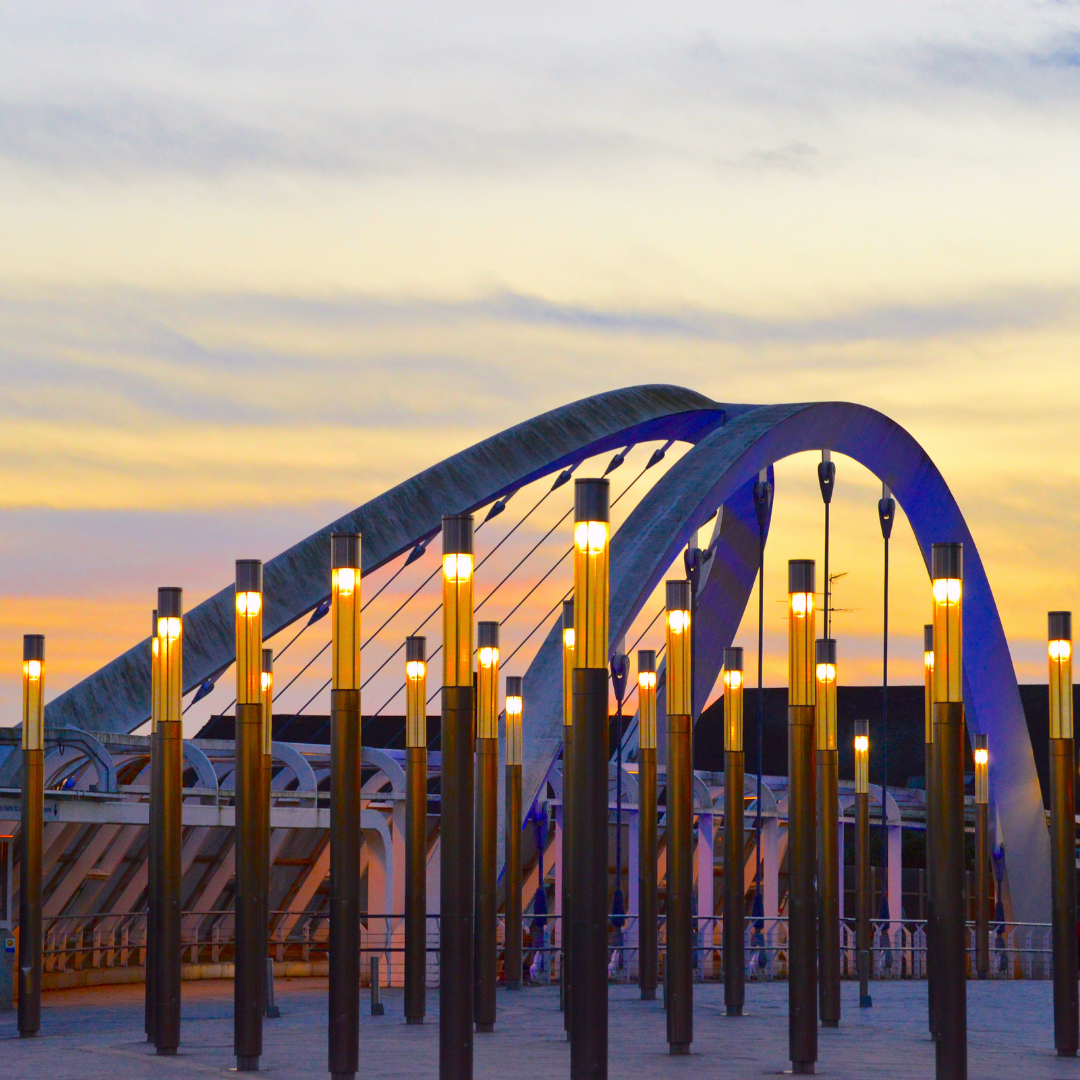Iconic Australian Architects You Should Know About
Australia’s architecture is as diverse as its landscapes, blending innovation, sustainability, and cultural storytelling. Behind the country’s most iconic structures are architects whose visions have shaped the skyline, redefined urban spaces, and put Australia on the global architectural map.
Let’s dive into the lives and legacies of some of Australia’s most renowned architects and the contributions that made them icons.
1. Glenn Murcutt
“Touch the Earth Lightly”
When it comes to Australian architecture, Glenn Murcutt is a household name. Known for his minimalist and sustainable designs, Murcutt’s work is deeply rooted in Australia’s environment and culture.
Signature Style:
- Lightweight materials like corrugated iron.
- Designs that respond to the natural environment.
- Focus on passive environmental control (natural ventilation, solar orientation).
Iconic Projects:
- Marie Short House (1974–1975): A celebration of rural Australia.
- Arthur and Yvonne Boyd Education Centre (1999): A masterpiece in harmony with its surroundings.
Murcutt is also Australia’s only recipient of the prestigious Pritzker Architecture Prize (2002), cementing his place as a global icon.
2. Jørn Utzon
The Visionary Behind the Sydney Opera House
While Danish by birth, Jørn Utzon’s contribution to Australian architecture is unmatched. The Sydney Opera House is not just a building—it’s a symbol of Australia’s cultural identity.
Key Facts:
- Construction began in 1957 but faced significant delays and controversies, leading to Utzon’s resignation from the project.
- Despite not overseeing its completion, his design remains one of the most recognisable in the world.
The Opera House was listed as a UNESCO World Heritage Site in 2007, a testament to Utzon’s genius.
3. Harry Seidler
Modernism Pioneer
Harry Seidler brought Bauhaus-inspired modernism to Australia, revolutionising the way we think about urban living and design. His work introduced bold geometry, innovative materials, and a focus on functional spaces.
Signature Projects:
- Australia Square Tower (1967): Sydney’s first true skyscraper.
- Rose Seidler House (1948–1950): A prime example of post-war modernist architecture.
Seidler’s legacy continues to influence urban planning and modern architectural aesthetics in Australia.
4. Marion Mahony Griffin
The Woman Who Shaped Canberra
Marion Mahony Griffin, alongside her husband Walter Burley Griffin, co-designed Australia’s capital city, Canberra. Her contributions often go uncredited, but her artistic talent and design vision were instrumental in bringing Canberra to life.
Notable Contributions:
- Canberra Master Plan (1913): A groundbreaking design inspired by geometry and natural landscapes.
- Castlecrag Suburb, Sydney: A planned community integrating architecture with nature.
Griffin’s innovative work remains a cornerstone of urban planning in Australia.
5. John Wardle
Champion of Contemporary Design
John Wardle is a contemporary icon whose projects seamlessly blend craft, context, and creativity. As the founder of John Wardle Architects, he has worked on everything from residential projects to cultural landmarks.
Notable Works:
- Ian Potter Southbank Centre (2019): A dynamic hub for Melbourne’s arts community.
- Phoenix Apartments (2013): A striking addition to Melbourne’s cityscape.
Wardle’s work often incorporates local materials and craftsmanship, creating spaces that feel personal and timeless.
6. Murcutt, Lewin & Lark
The Dynamic Trio
The collaboration of Glenn Murcutt, Wendy Lewin, and Reg Lark resulted in one of Australia’s most celebrated architectural projects: the Arthur and Yvonne Boyd Education Centre.
This trio exemplified the power of collaboration, creating a structure that is both environmentally sensitive and artistically profound.
7. Richard Leplastrier
Master of Small-Scale Wonders
Richard Leplastrier’s work focuses on small-scale, deeply personal projects. Inspired by traditional Japanese architecture and Australia’s natural landscapes, his designs are intimate and environmentally conscious.
Key Projects:
- Palm Garden House (1993): A serene retreat that blurs the line between indoors and outdoors.
- Lovett Bay House (1994): A timber masterpiece nestled in the bushland.
Leplastrier’s approach to architecture highlights the beauty of simplicity and the importance of living harmoniously with nature.
8. Philip Cox
Pioneer of Sustainable Design
Philip Cox is celebrated for his environmentally conscious designs and large-scale projects that often reimagine public spaces.
Notable Projects:
- Sydney Football Stadium (1988): A landmark in Australian sports architecture.
- National Maritime Museum, Sydney (1991): A stunning example of cultural infrastructure.
Cox’s work reflects a commitment to sustainability and community-focused design.
Conclusion
Australia’s architects have not only shaped the country’s physical landscape but also contributed to global conversations on sustainability, urbanism, and cultural identity. From pioneers like Harry Seidler to contemporary visionaries like John Wardle, their work is a testament to the transformative power of design.
Whether you’re an architecture enthusiast or an aspiring architect, these trailblazers are worth knowing—and celebrating—for their immense contributions.
Which architect inspires you the most? Let us know.










